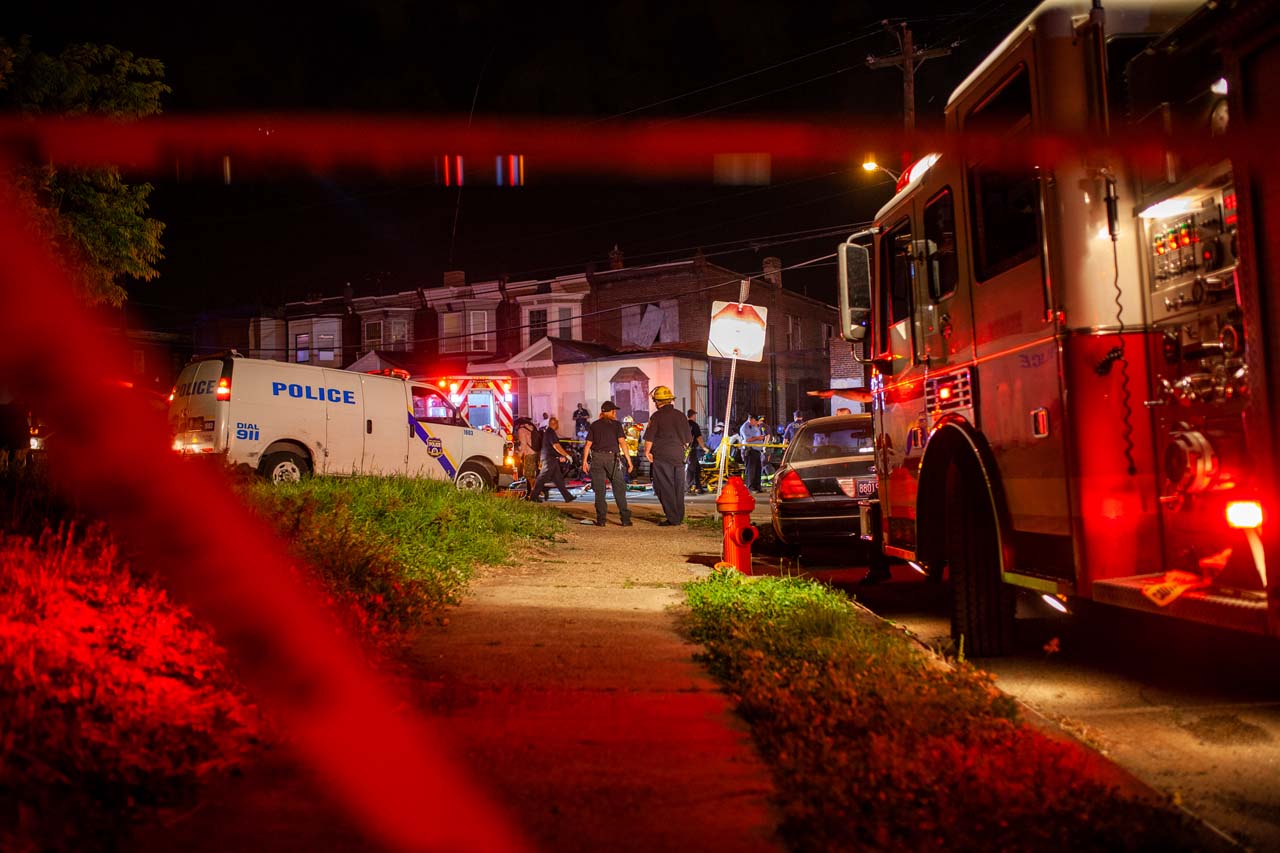A drunk pedestrian crosses the street—not in a crosswalk, at night, and in dark clothing; the pedestrian wins $400,000 at trial. How did this happen?

With the car’s mirror, the driver sideswipes the pedestrian and fractures his leg and ankle. The driver claims she never sees the pedestrian as she drives on the highway at 60 miles-per-hour. Immediately after the accident, she gives a statement to the police and to her insurance company. In her statement, the driver explains she only sees the pedestrian after she hits him.
Some argue the accident was the pedestrian’s fault. The driver’s and the pedestrian’s insurance companies believe the accident to be the pedestrian’s fault. Because the pedestrian was drunk, and because the pedestrian did not cross within a crosswalk, the insurance companies believe the pedestrian was at fault.
At trial, the driver’s attorney presents two expert reports. In the first report, the driver’s expert—a toxicologist—shows blood alcohol evidence and proves the pedestrian was drunk. In the second report, the driver’s other expert—an accident reconstruction engineer—supplies reasons and opinions why the accident was the pedestrian’s fault. The accident reconstruction engineer reasons when the pedestrian is in the road, the driver has no time to react, so the impact was the pedestrian’s fault.
At trial, ThePhillyLawyers agree that the pedestrian was drunk, but we argue against the driver’s accident reconstruction engineer’s opinions. That is, we argue the engineer’s opinions rely on an important assumption. And that assumption is the driver is attentive. That is, the accident reconstruction expert assumes the driver pays attention when she drives.
But ThePhillyLawyers proves at trial that the accident reconstruction expert, and the insurance companies, were wrong. We show, through the driver’s own statement, that the driver did not see the pedestrian. We establish the driver does not see—but only hears—her car hit something. We show that the driver did not even see the pedestrian, a man 6-feet-2-inches tall, directly in front of her car—where the driver should have been looking. Additionally, ThePhillyLawyers argues at trial that the law in Pennsylvania requires a driver to always pay attention—to watch—the road in front of her. We show the law in Pennsylvania requires drivers to do more than the driver did here.
We cite the Pennsylvania Supreme Court’s case Carney vs. SEPTA, which establishes “a wrongdoer may not avoid liability by saying he did not see what was plainly visible to him.” Additionally, we cite the Pennsylvania Supreme Court’s case Kmetz v Lochiatto, which explains “if [the driver] did not see him [the pedestrian], only one conclusion is possible, and that is that he [the driver] was not looking. Not looking while operating an engine which can crash, mangle and cripple all before it is negligence per se.”
At trial, we apply the law to the facts of this accident. We establish the driver’s duty, her legal duty, is to always pay attention to the road in front of her. We argue the driver who does not see the pedestrian in the road is negligent per se. Negligence per se means negligence in itself. When a driver violates a statute or regulation, that driver is automatically considered to have breached her duty of care and is therefore negligent as a matter of law.
We argue that if the driver did not see the pedestrian, a man 6-feet-2-inches tall, directly in front of her car, then the driver is primarily at fault and the cause of the accident.
We use the driver’s statement to disprove her own accident reconstruction engineer’s assumption. That is, since the driver admits she did not see the pedestrian who was directly in front of her, then the important assumption in her accident reconstruction engineer’s report is invalid. And once we prove the driver’s expert’s report relies on that invalid assumption, we argue the expert’s report’s entire conclusion crumbles.
The judge agreed with our analysis and appropriately disregarded the driver’s expert’s report. At the conclusion of the trial, the pedestrian receives a $400,000 award in damages.
If you were a pedestrian, cyclist, or other driver hit by a car, you have more rights than you realize. As we discuss in this article, the “they came out of nowhere” argument from an inattentive driver is an invalid defense. Commonsense, and the law, support the fact that people don’t come out of nowhere.
In this time when other drivers are more distracted than ever, if you are injured by a distracted driver, you need a lawyer who can hold that other driver accountable and protect your rights.